Welcome to our latest blog featuring insights from Gillian Ward, Chief People Officer at Thomas! Join us as we explore the impact of hybrid work on organizational culture, uncover common misconceptions, promote inclusivity and productivity, and leverage hybrid models to attract and retain top talent.
1. As companies adopt hybrid work models, what are some common misconceptions or pitfalls you've observed regarding culture management, and how can organizations avoid them?
In the realm of hybrid work, a common challenge is the lack of shared understanding within organizations about what hybrid working means. This confusion often arises from varying expectations across teams and countries. It's crucial for all organizations, particularly those who operate internationally, to align on what hybrid work means in practice, usually in a policy or principles document. Also, to take account of the fact that countries may have different legislation, for example, a statutory ‘Right to Disconnect,’ so ensuring the ethos and consistent practices are replicated but also local legislative frameworks are met. Misconceptions or perceived unfairness in the adoption of hybrid work can lead to tension and misunderstandings.
To address this, organizations must communicate clearly about their adoption of hybrid work and set transparent expectations for managers.
2. What steps should leaders take to promote a results-oriented work culture that emphasizes productivity and performance over physical presence in the office?
To achieve this, leaders should champion clarity and trust. Firstly, it's vital to establish clear goals and objectives that are regularly revisited through friendly one-on-one meetings or checkpoints. This ensures everyone knows what's expected of them and feels supported in achieving their targets. Additionally, fostering a culture of trust is key. Managers should demonstrate faith in their teams' abilities, avoiding micromanagement and instead encouraging open communication and mutual respect. By prioritizing clarity, accountability, and trust, leaders can create an environment where everyone feels valued and empowered to deliver their outcomes, regardless of their physical location.
3. In your view, what are the key components of a strong organizational culture, and how can leaders adapt these components to accommodate the dynamics of hybrid working?
For a vibrant organizational culture in hybrid work settings leaders must prioritize clarity and communication. This involves ensuring everyone understands the organization's purpose and direction while fostering open channels for dialogue and feedback. In the hybrid landscape, where physical presence is less prominent, effective communication becomes the linchpin for creating a supportive and inclusive environment. It's about creating a welcoming space where individuals feel psychologically safe and supported in their work, empowering people managers to build strong relationships with their teams. By prioritizing clarity and open communication as well as providing timely feedback and not allowing performance issues or concerns to protract or drift, leaders can create a culture where everyone feels valued and empowered to thrive, regardless of their location.
4. How can leaders ensure that employees feel included and engaged, regardless of their location or working arrangement?
To create a truly inclusive and engaging environment across various locations and work setups, leaders need to put diversity, inclusion, and employee well-being at the forefront. Understanding the evolving dynamics of inclusion is key to ensuring that every team member feels valued and supported, regardless of their circumstances. Encouraging open communication helps in resolving conflicts and meeting everyone's needs, while regular check-ins provide avenues for feedback and issue resolution.
Establishing clear guidelines for holiday scheduling minimizes disruptions, fostering a culture of openness, accountability, and support. This way, every team member feels empowered to contribute their best.
5. How can HR leaders leverage hybrid working models to attract and retain top talent, particularly in competitive industries?
HR leaders can leverage hybrid working models to attract and retain top talent by authentically describing their approach to hybrid working in job advertisements. Flexibility and clarity regarding hybrid working arrangements are highly valued by employees, often even more so than salary increases. While some individuals, especially those new to the workforce, may benefit from in-person experiences for learning and development, providing choice and control over work arrangements fosters engagement and meets diverse needs within the organization. It's essential for HR leaders to continuously evaluate and adapt policies to ensure they align with evolving workforce preferences and industry trends.
Read further insights on maximizing hybrid work productivity and connection.




